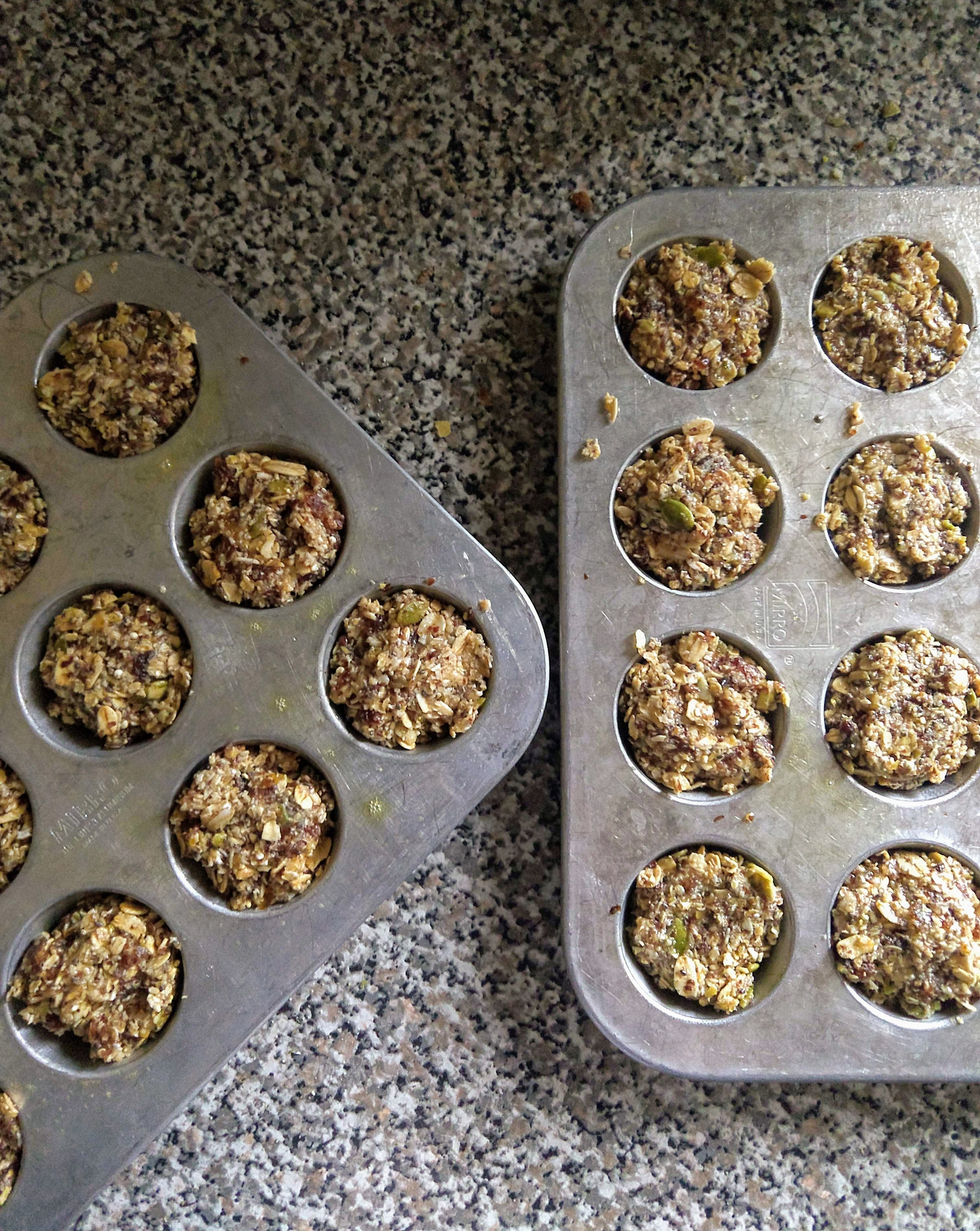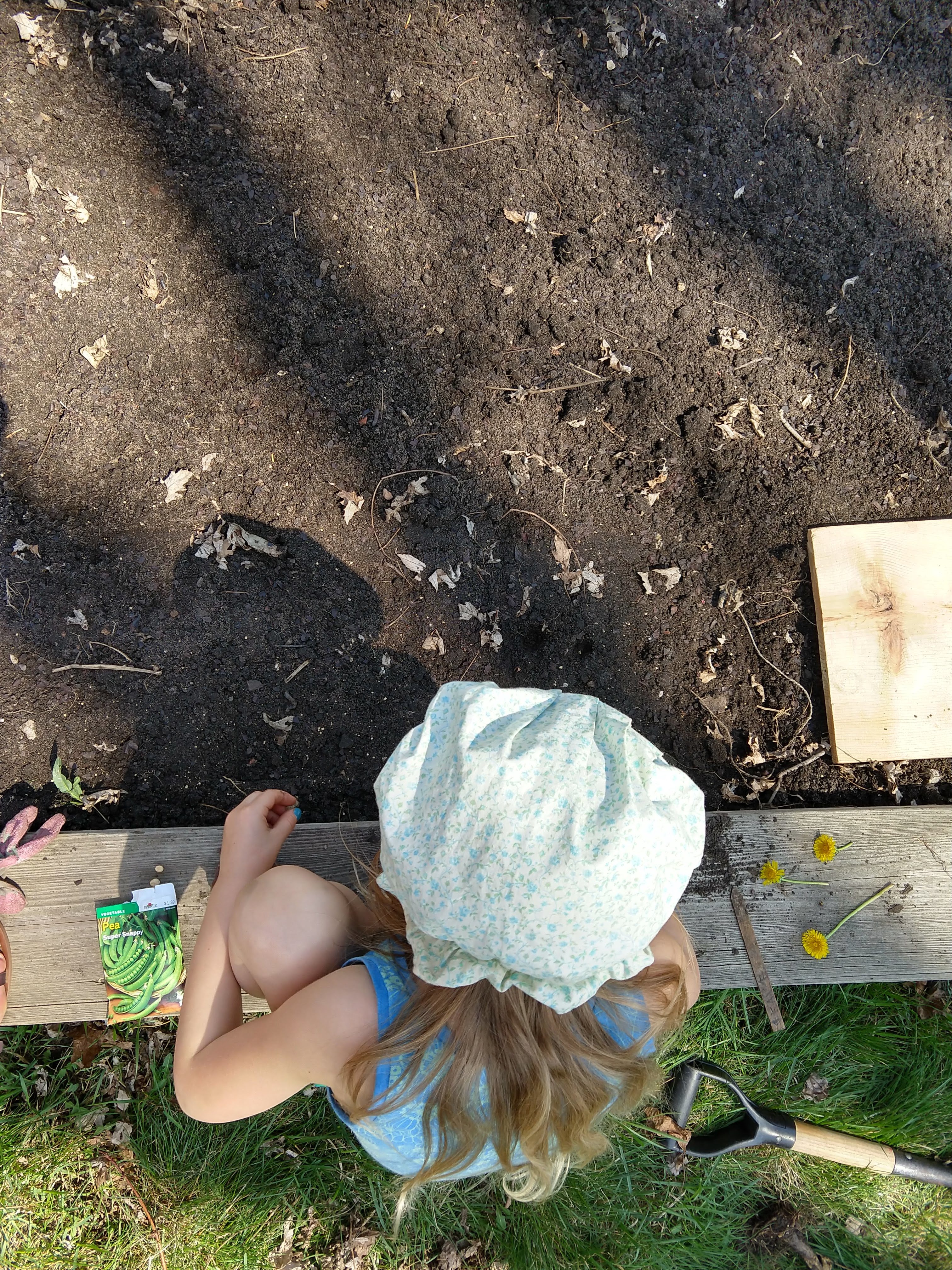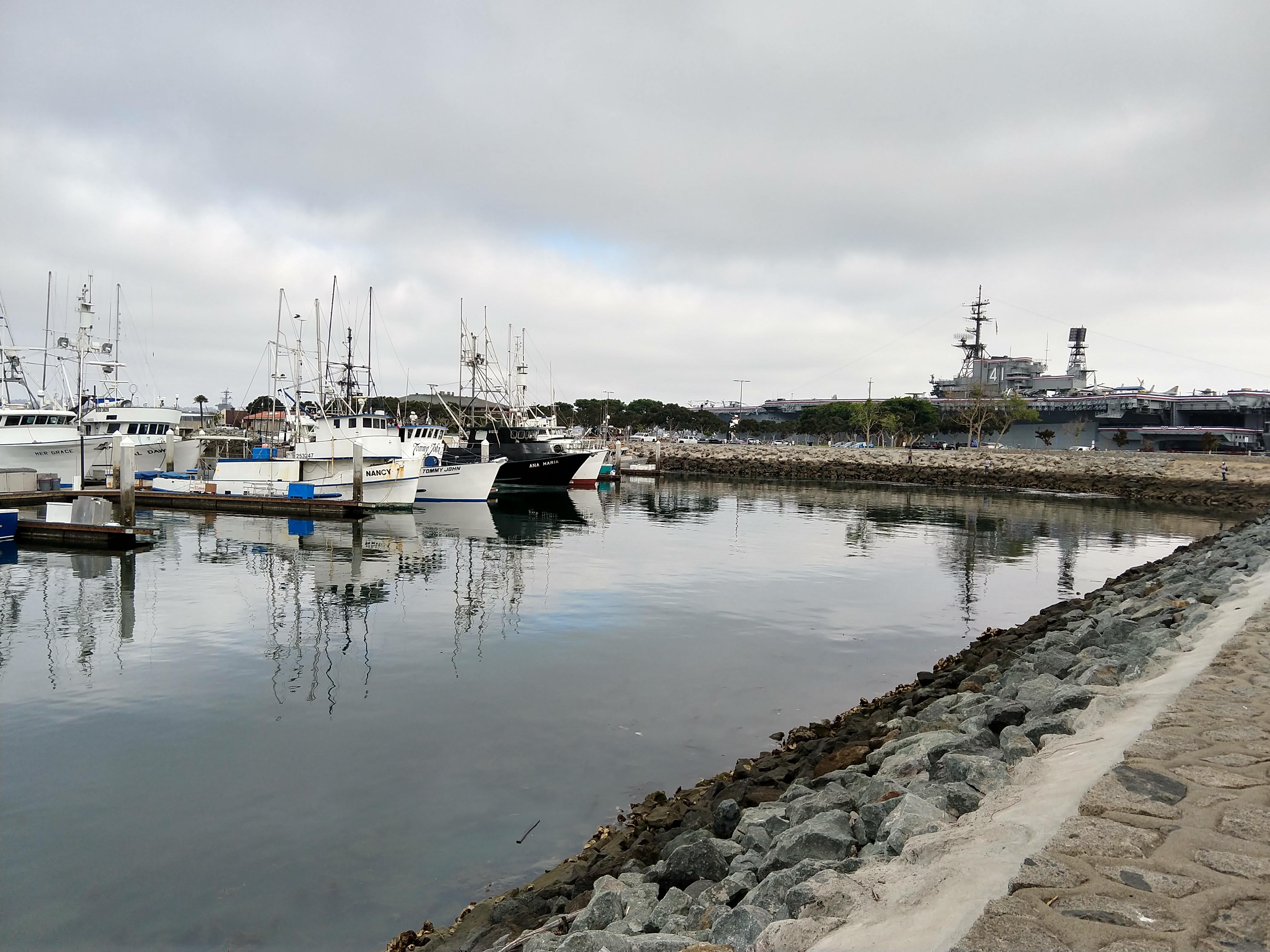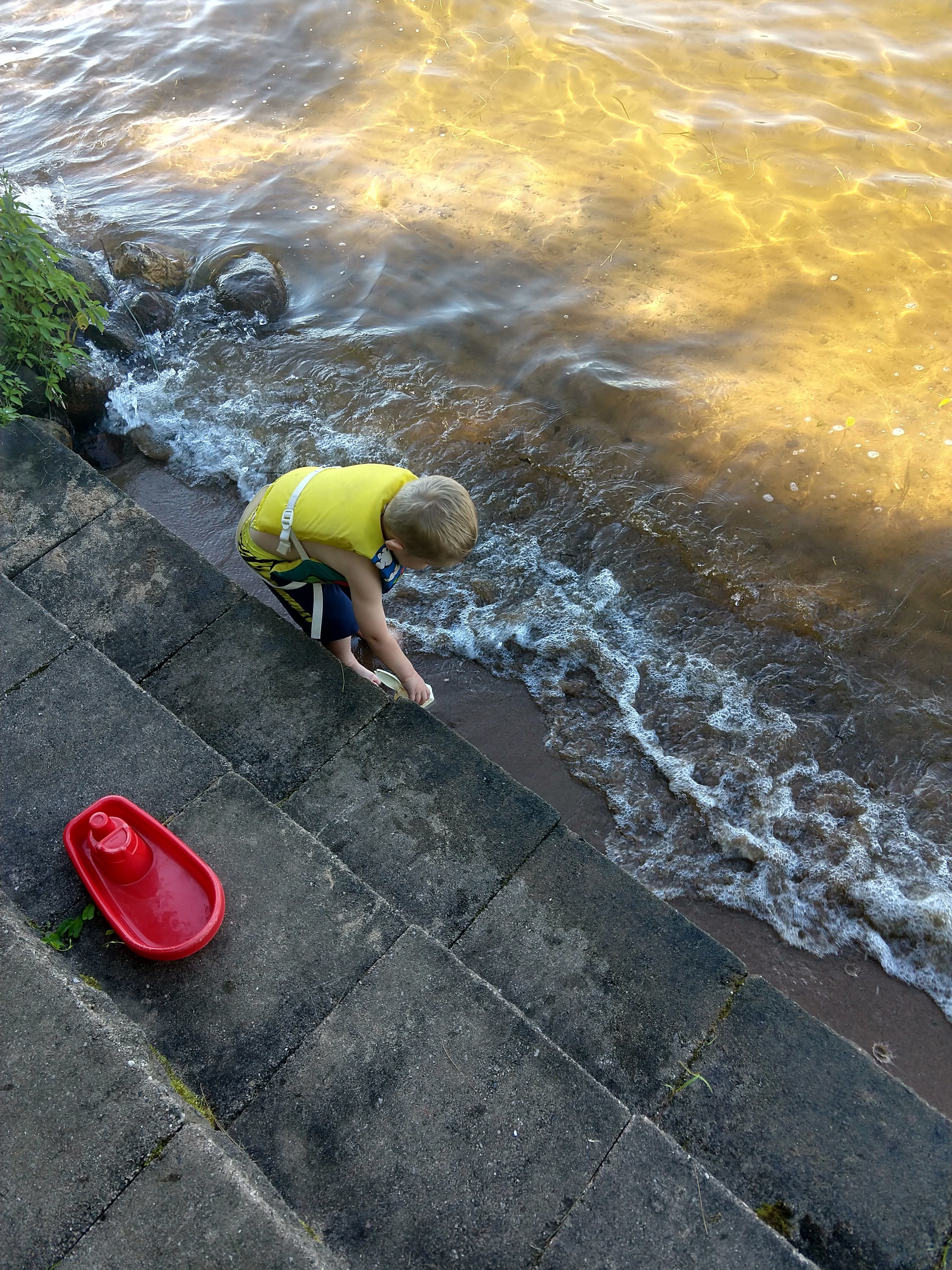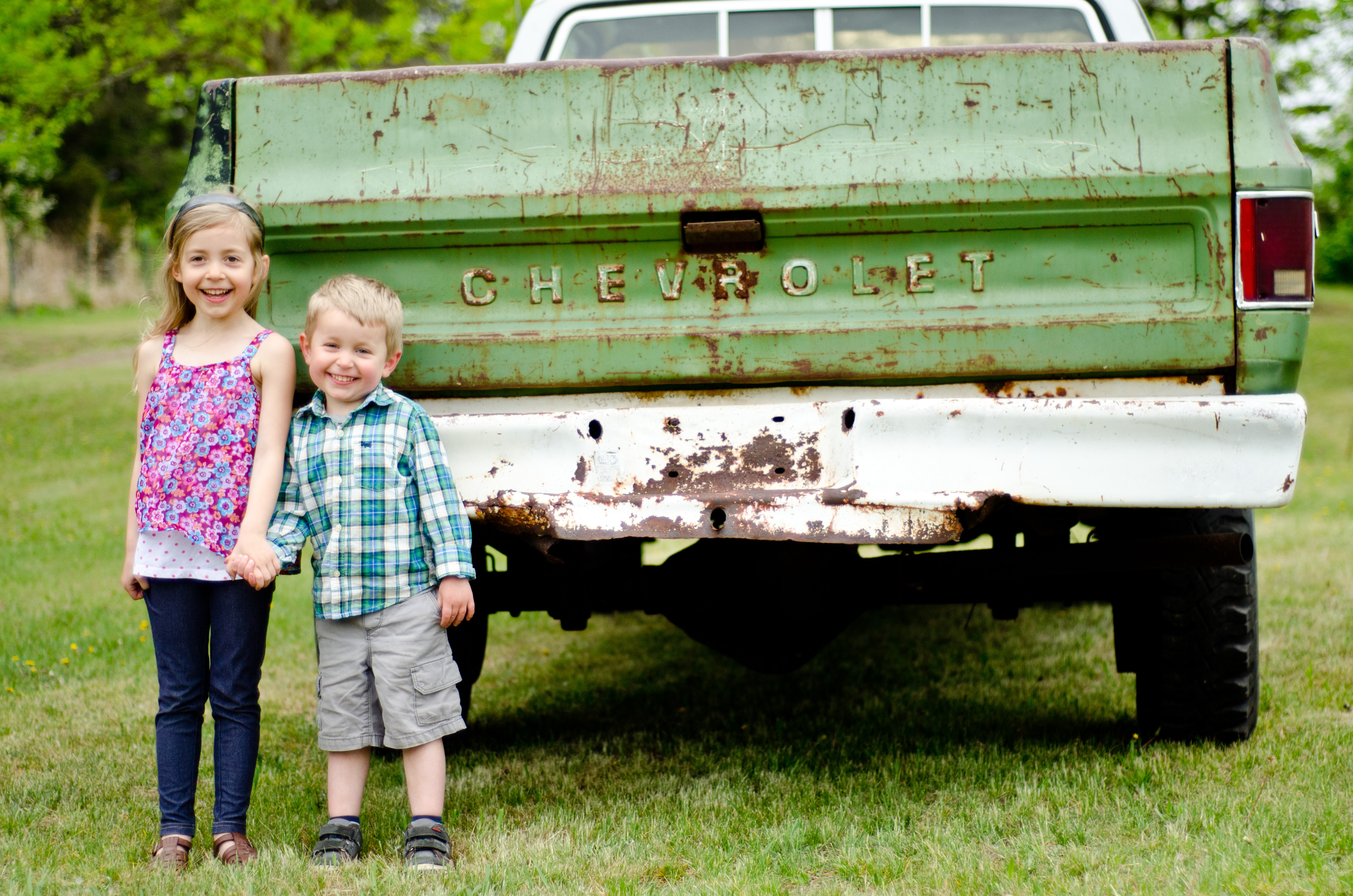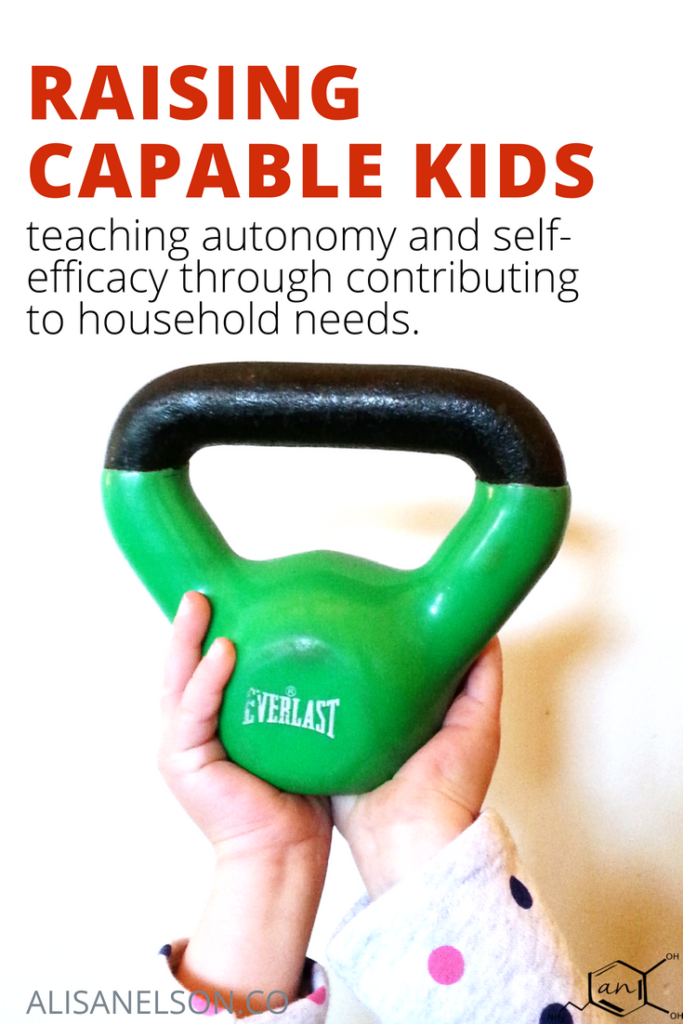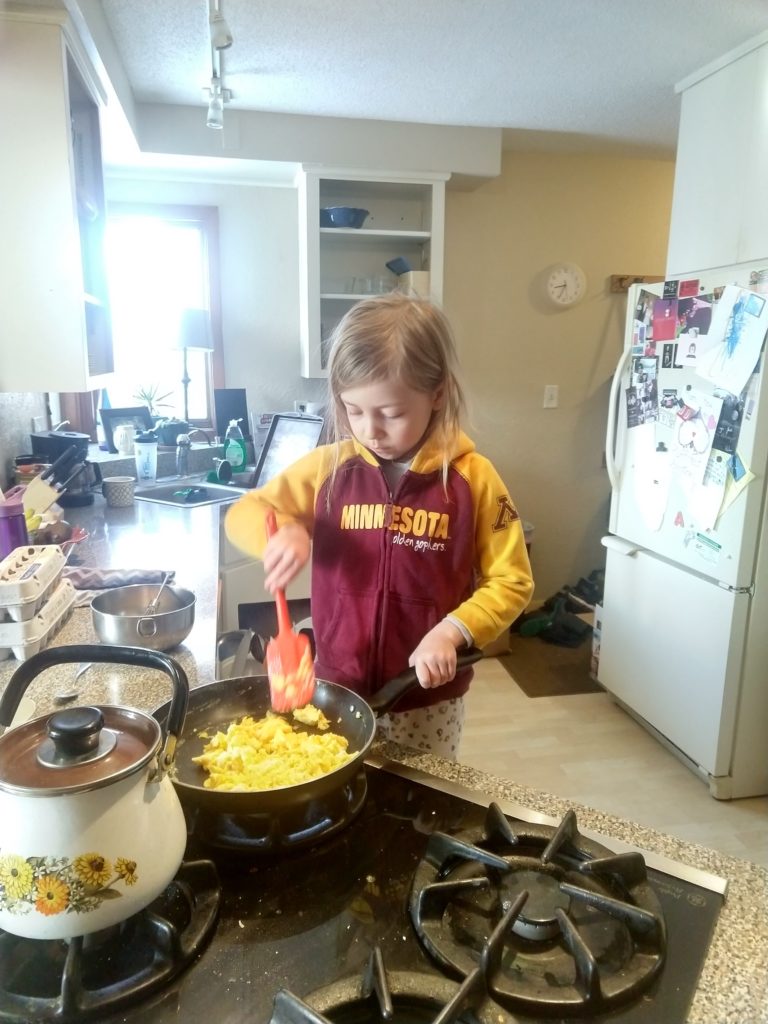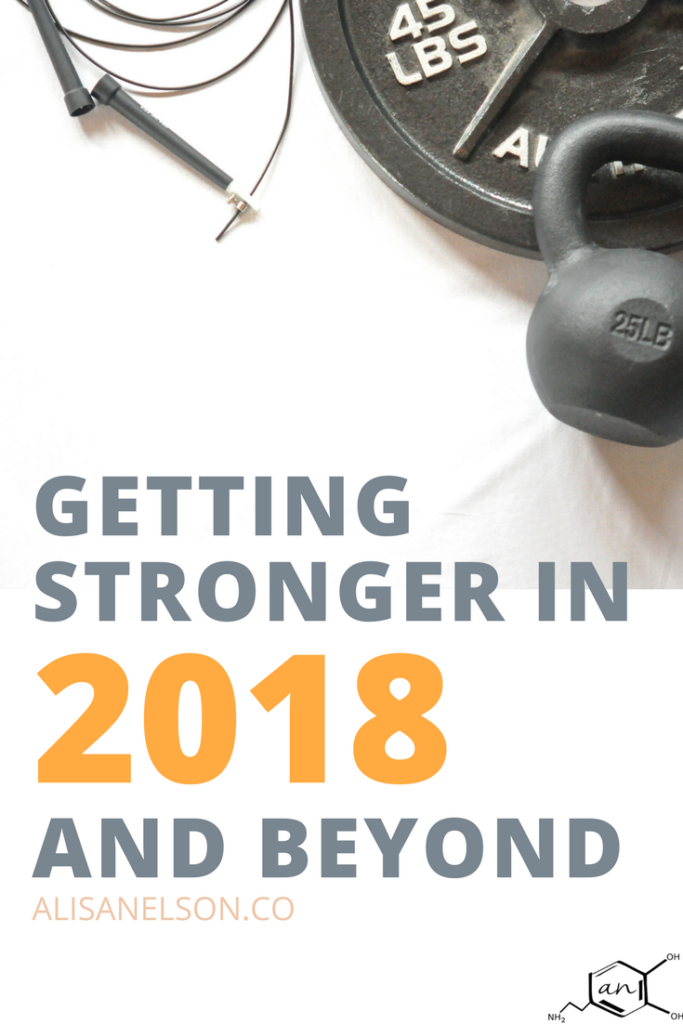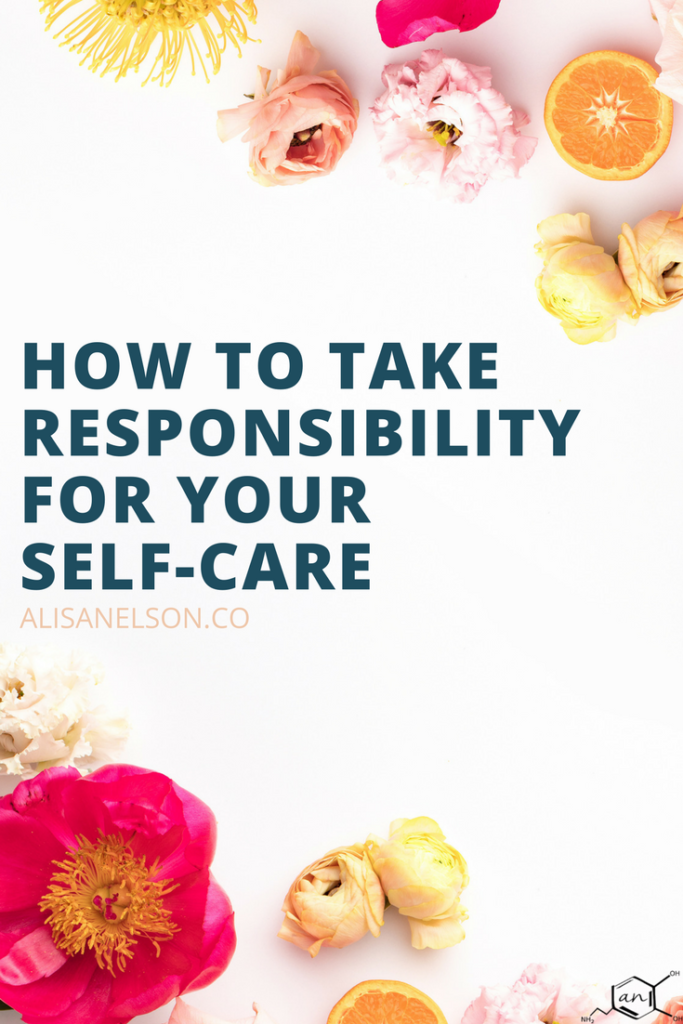One of the biggest problems with how most people set goals is they fail to realize in order to get X, they have to re-imagine their lives as someone who has X. Then get to work developing the skills and knowledge required to have X.

Let’s start with an example:
To achieve a health goal you have to look at the ripples of change required to sustain effort and progress over time. Imagine you’ve met your goal – how do you shop, cook, sleep, play, work differently than you did before you set your goal?
Sometimes this happens accidentally – I was significantly constrained financially when I first started learning how to cook for my family. Eating out, buying the pre-made version, etc was out of reach. I had to get our food budget planned out down to the last dollar for every month in order to make sure I was squeezing every bit of value out of our budget (which was around half the size of the average family’s food budget). I became a person who cooks mostly from scratch and emphasizes nutrient density because there was zero room for empty calories and I learned we could get more variety if I made it myself. Now we have more space in our budget…but I still cook everything at home. Eating out doesn’t even occur to me because my environment forced me to think and live a different way.
If you choose not to constrain yourself to this degree, it will take a lot more pre-strategy on how you will reinvent your habits around whatever area you hope to change.
Here are my tips for goal-setting that, I hope, go beyond the usual way of approaching things. I like Lara Casey’s method for reflection and daily tending on long-term goals. But I’ve found that I have to infuse that method with a little extra work to fit my own brain so I’m jotting down the result.
Think of this as a bit more of an analytical approach. It won’t work for everyone because nothing ever does – just like the many other methods I’ve tried don’t really work for me. I aim to provide a more systematic approach that incorporates the (un)predictable nature of the brain amidst change and hope you will be able to pull a few insights for their own planning. We are all a mish-mash of methods tailored to our own context. Strict following of anyone else’s plan is not a guaranteed success.
I do not consider this to be complete. It’s not a product I’m trying to sell. I’m sharing because I get asked and I thought it’d be worthwhile to write down what I do (and a bit of why).
Disclaimers aside…
The first part will address the initial selection of goals, the second how to stick with goals that are a ways down the road – we worked for 5 years to buy our Tesla, we’re on a 10 year term for our current financial goal, and I’m in a year in to a 5-ish year career goal. Through each of these experiences I’ve gotten more comfortable with things taking consistent effort over a long period of time. Setting goals is not trivial – because failure has a high cost on the individual and the family – but sustaining yourself until the goal is fully accomplished often feels like more of a black box that I’m going to try to parse out.
Setting goals
Goal setting is a skill. People often achieve long-term goals, like a graduate degree, but it’s also common to see they’ve let a lot of other things slip in order to make it – they didn’t manage their stress well, their relationships suffered, etc. It’s like in college when people tell you, “there’s fun, good grades, and sleep…you can only pick two.” Maybe the way we’re currently equipped to self-manage makes that true, but I don’t think we’re actually limited in that way. A goal can result in a holistic upgrade to your life. I’m attempting here to capture how.
- Any vision of the future you could have is separated from you by a series of skills you haven’t yet acquired. It’s up to you in the design phase to parse out those skills and map them to your life. Every skill has a knowledge component – learning more about your body in order to take better care of it, etc. Then there’s the deep practice (habits) – like performing air squats until you can do them properly without thinking, skipping snooze, preparing meals with enough protein, etc.
- Any goal ought to tie in to what you want your future self, family, environment to be like, anticipate the needs and obstacles – how can you get yourself ready to meet them?
- There needs to be a pull – a planned benefit that is personally meaningful. Just forget the goals you set because you “should” set them. What do you actually care about. You may end up circling back but get some success first before you tackle the stuff you can’t decide you want yet.
- Instate milestones that bear load – meaning if you don’t achieve them it actually means something.
- I suggest the milestones be clustered closer together for the first 3-5 if it’s a goal where your life will look significantly different on the other side. Big goals like that can feel intangible, you need to make progress right away that a) builds confidence and b) moves the present “before” a little further on so you can more easily imagine a future where you are a different person and in a different life. Grad school is a bridge that will usher me (and consequently my family) into a new phase of life that is sometimes tough to imagine ever actually happening. So I have to build in milestones that make it easier to believe we will actually get to that imagined life.
- Don’t be afraid to iterate and refine as you go. It’s not always possible to anticipate what your future self will need – but you can get started in a direction and once you reach a couple of milestones you’ll have more information to go off of – adjusting course if needed.
- Turning vision into action is, itself, a skill – it’s one thing to design a goal, it’s another to break those goals up into little pieces and scatter them effectively over the next few months. It will take experimentation to find a method that works well for you and you might discover a method doesn’t work because you don’t make any progress – that’s ok!
Goals can – and should – be thought about on different scales. One of my current goals is getting my PhD – I expect to be done sometime in the next 3-4 years…and I originally set the goal in late 2016. However I think of graduation as more of a placeholder because the real purpose is to become a PhD. It can mean different things to each individual but when you spend somewhere around 2000 hours per year over 5 years thinking, strategizing, experimenting with a (sort of) singular focus, you change. Holding a degree doesn’t do that, putting in the effort does that, letting go of what you thought you knew and who you thought you were does that. The 2017 version of me was not capable of what I’ll go do at work this week.
Progression over time doesn’t come through single large jumps from milestone to milestone. Instead it’s the accumulation of daily, weekly, monthly, etc action. When something is going to take years we aren’t really even jogging…we’re walking. One step at a time. Besides work-related development, working on my PhD is a time frame for developing a number of other skills, habits to fill in the picture of the 2023 version of me. What habits has she developed to handle stress of more responsibility? How does she dress, present herself, etc? What’s her relationship with her kids like?
Daily –
Each section depends on the goal you’re working towards. At a minimum you’re recalling + envisioning the future state you’re moving toward on a daily basis. The more time you spend with your future self in mind, the more you’ll start to make daily decisions for that person. Your present self gets a lot of attention each day – food, clothes, hygiene. Many parts of your day can either share attention or be more focused on what gifts you’re giving to your future self (whether it’s a month from now or further). Exercise and food choices are two such categories. Part of becoming someone new over the next few years requires a set of daily choices that will benefit that person (you!) beyond the present moment.
Monthly and beyond –
How you set milestones and choose which skills to develop is very contextual. Once I started my grad school I made choices about classes and my personal goals based on job searches for what would come next. Career goals can be structured around what a person who gets hired is capable of doing. Job descriptions are helpful. You should also consider the “soft” or otherwise unspoken skills that people who get hired have — network connections, physical presence, communication in multiple mediums (email, written, casual phone or in-person, more formal “talks”, etc), effective improvisation, etc.
Even if your goal isn’t a career it’s still possible to design your milestones using other people (I recommend going further than what your hero shares on instagram). What is life like for people who have what you’re aiming for? What problems do they face? What skills do they tap into on a regular basis?
[A few words on comparison: get over it. Yes, there are a lot of people who are better at X than you. And you’ve got some things figured out that still other people don’t. That’s life. This becomes obvious when you transition to thinking in terms of skill development. You can choose to learn from others, stealing what is useful and discarding the stuff that is context-specific, or you can stay stuck simply because you weren’t born with some of the skills “she’s” got. Any person consists of a set of skills. If you want something they have, reverse engineer the skill and decide if the cost is worth the effort.]
That’s all I’ve got for the moment – not complete, but a starting point. Throw your questions in the comments – I’m happy to be more detailed where it’s needed.
If you take away only 1 thing – take note of how often the word “skill” comes up. If you don’t see life as a series of acquired skill sets you will continue to struggle with achieving long-term goals.


